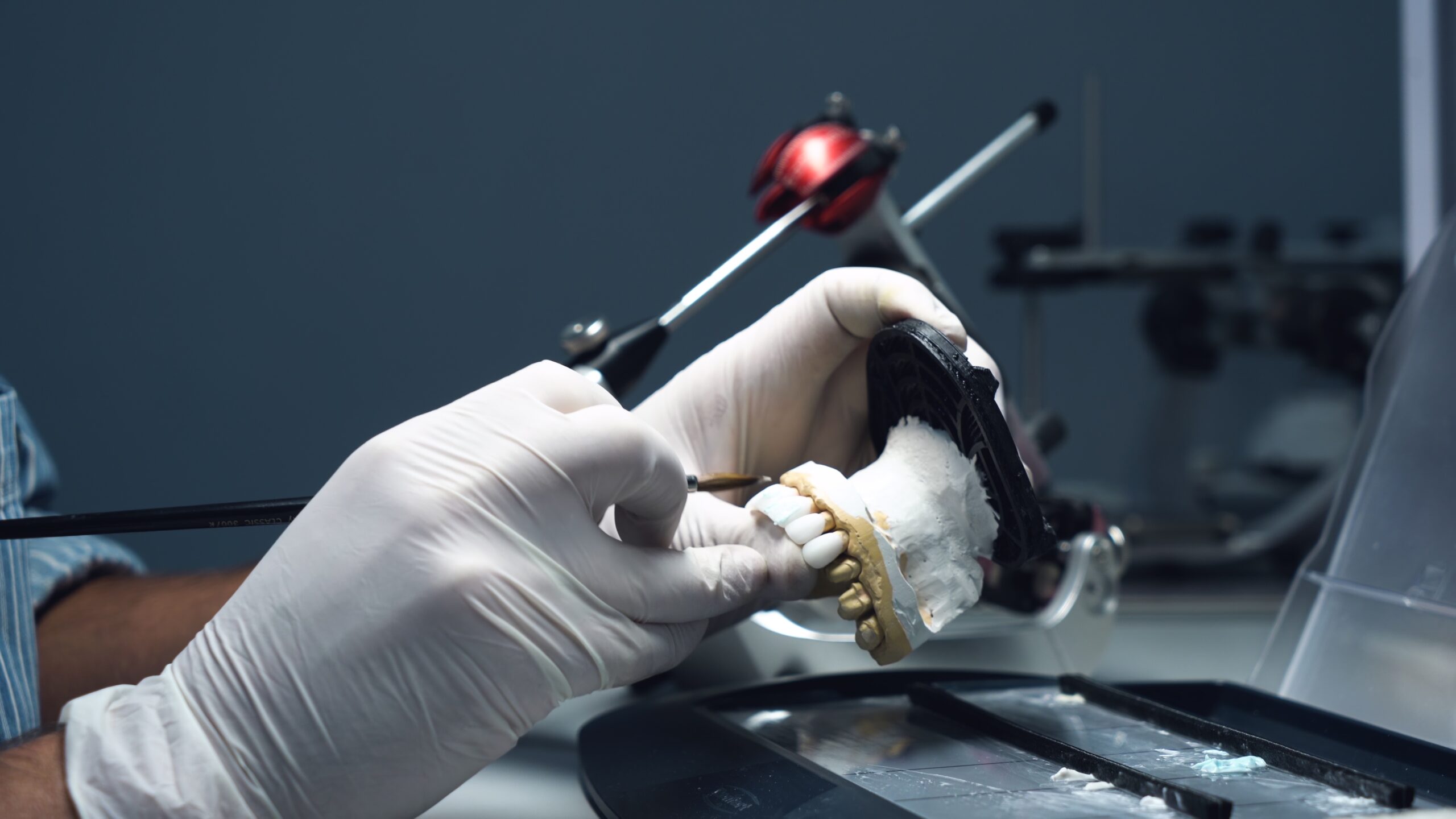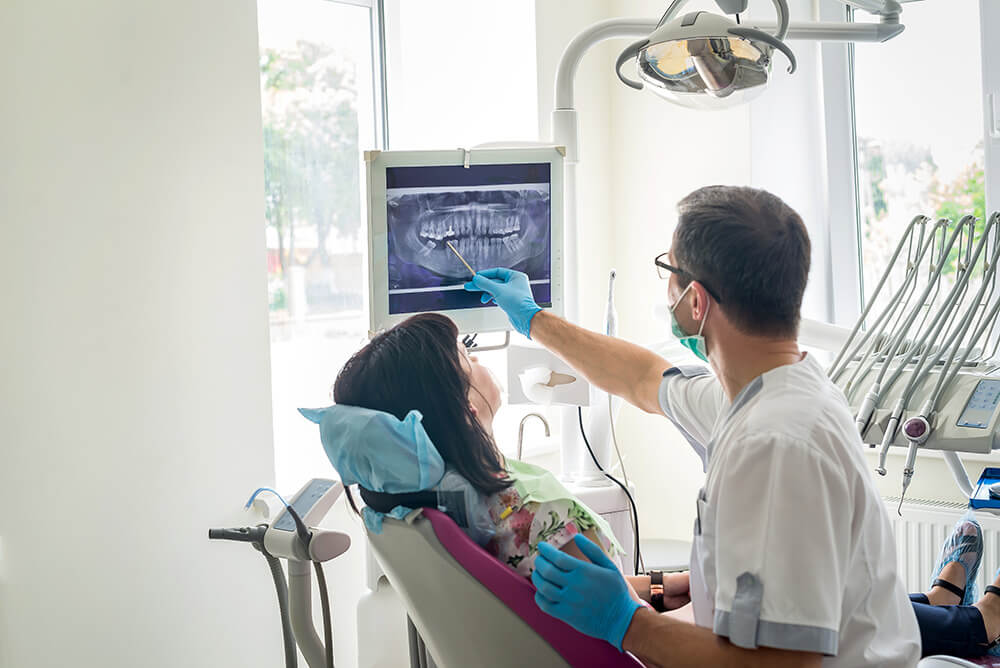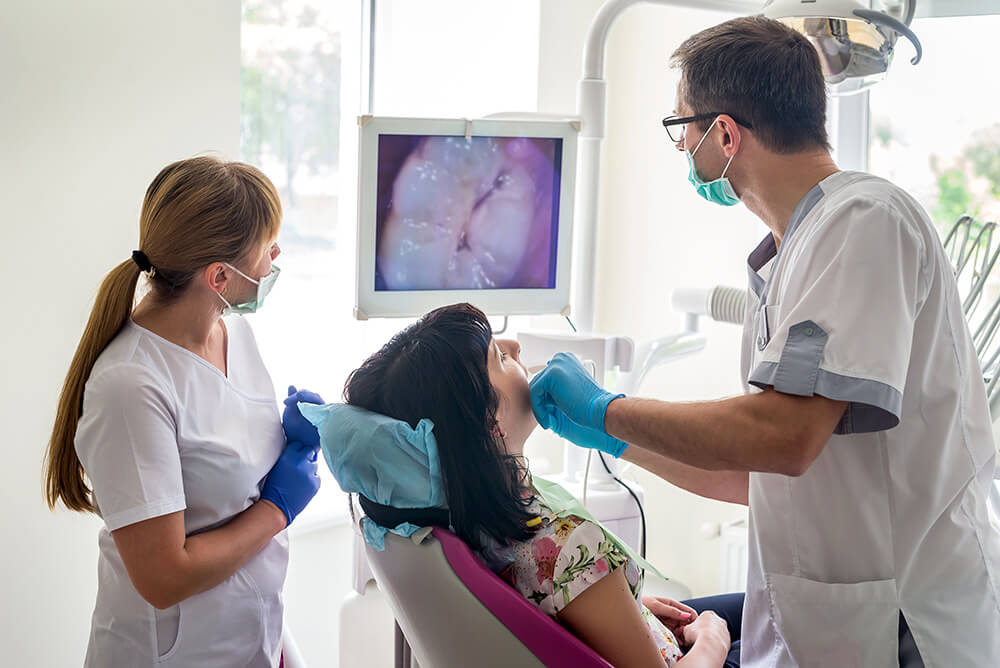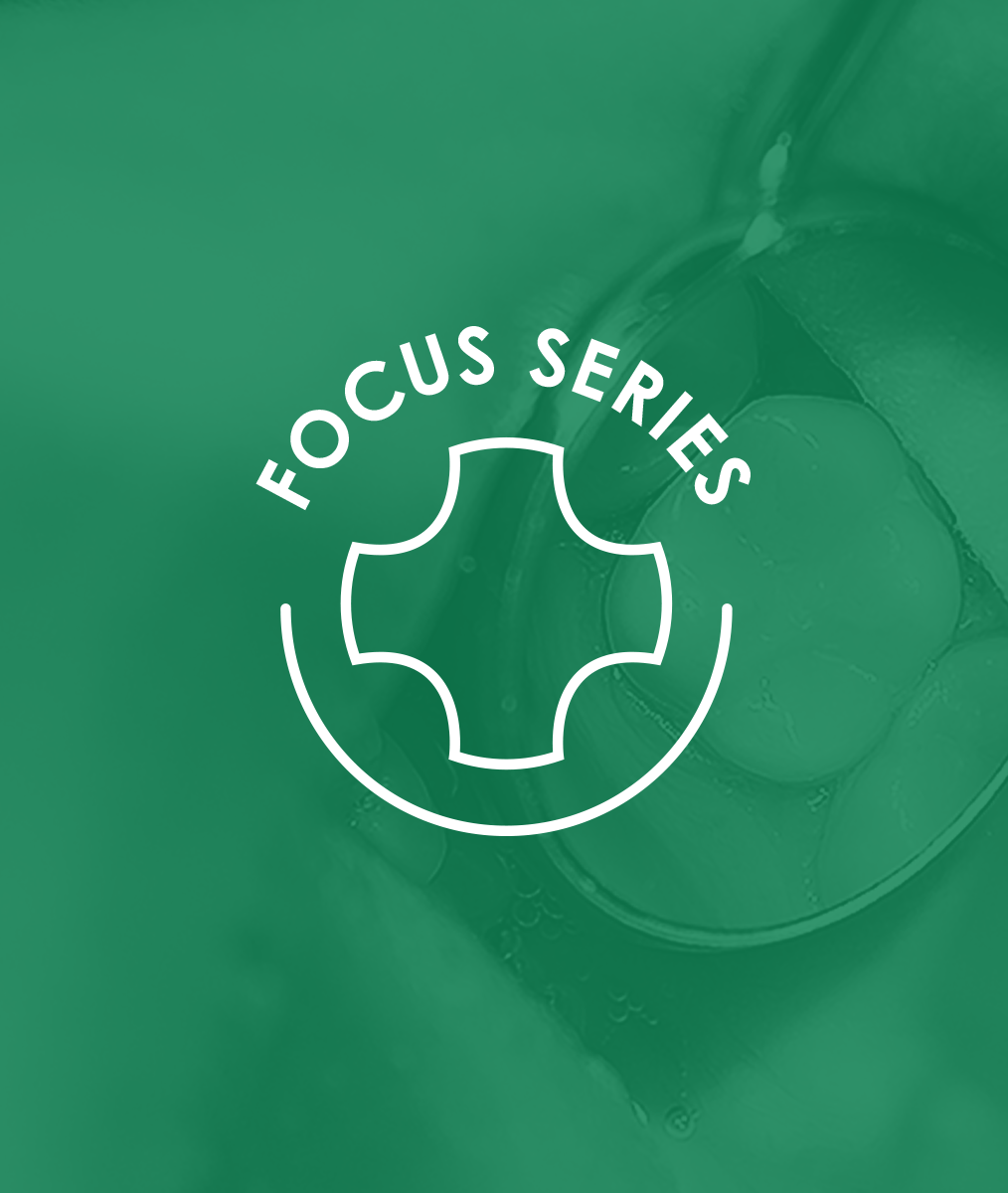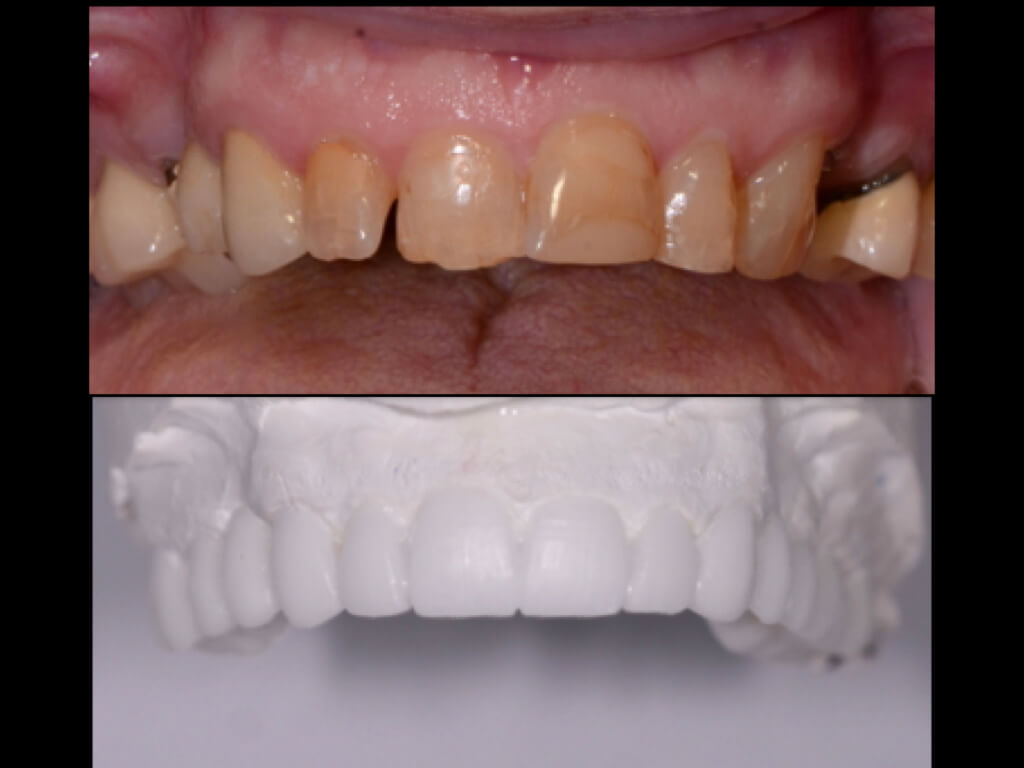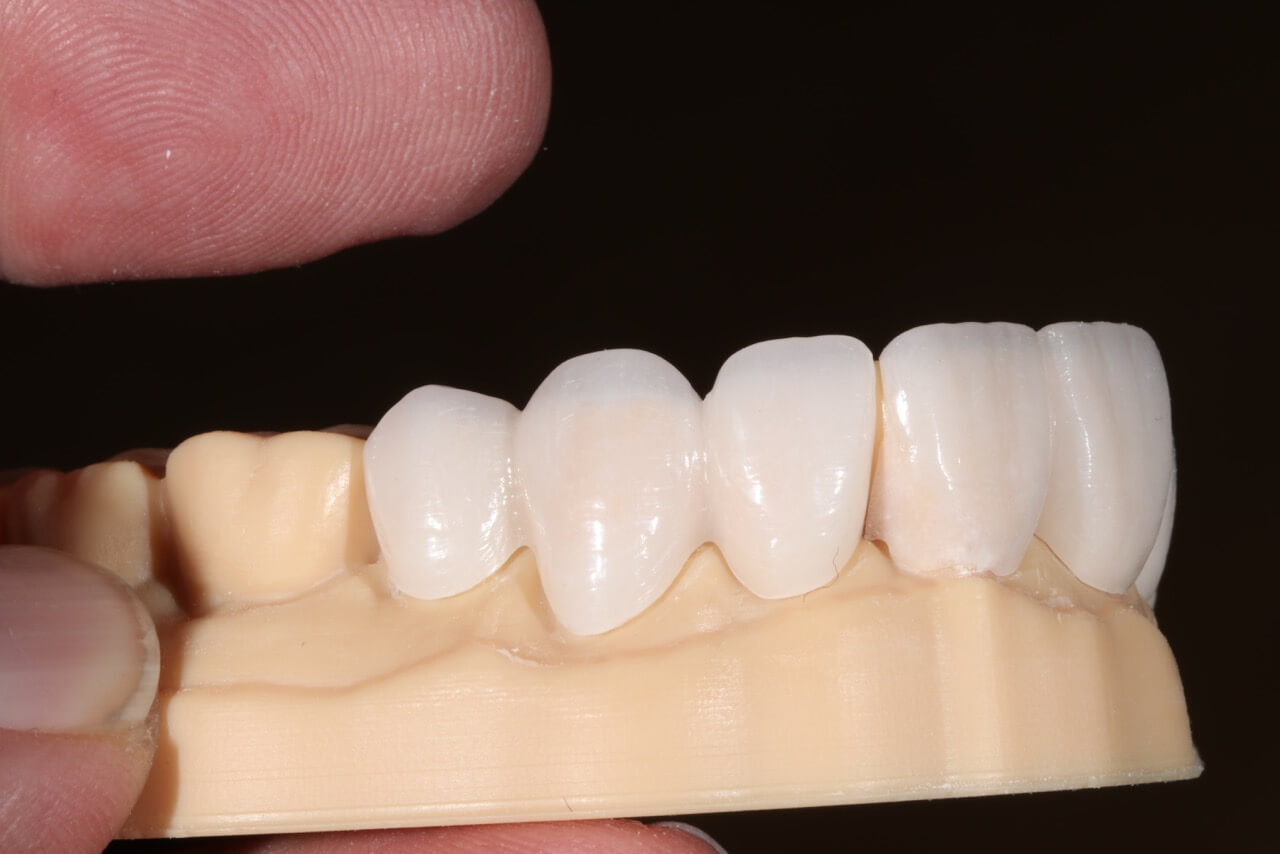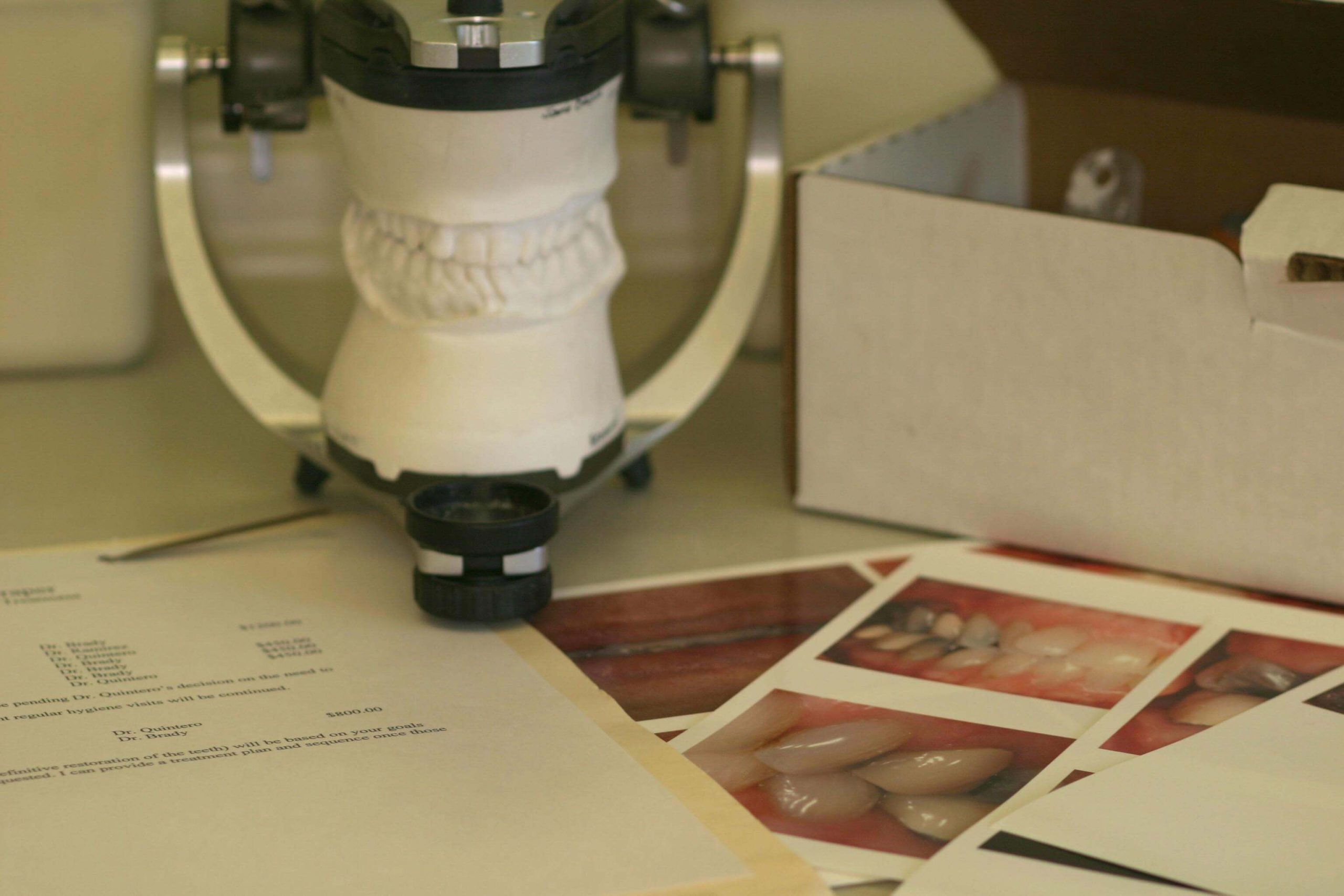Getting Case Acceptance to 90%
Getting Case Acceptance to 90%
Paul A. Henny, DDS
Studies show that the average comprehensive care treatment plan acceptance rate is in the 30% range. Why do you suppose that is?
Humankind’s Innate Prediction Machine
Our brain is a prediction machine that’s always turned on. To a large degree, it operates like the autocomplete function on our phone – it’s constantly trying to guess the next word when we listen to a book, read, or conduct a conversation. Contrary to speech recognition AI bots, our brains are constantly making predictions at different levels, from meaning and grammar to specific speech sounds. Our brain continuously compares sensory information with memories. The more negative the memories, the more negative the predictions.
Additionally, there’s a central purpose behind our prediction machine: Survival, successful reproduction (propagation of our genome), and rewards that might take the form of rising up in the social hierarchy or gaining scarce resources.
Regarding survival, our brain likes to stack the odds 4:1 in its favor, meaning, it tends to predict negative outcomes 4X more often than it will positive outcomes. This is nature’s way of staying safe so we’ll have the opportunity to live another day.
Stacking odds in Its favor is very primal, yet the stacking influences many of our impressions and decisions. Complex situations requiring complex decisions must go through this 4:1 negative bias loop.
A Steep Slope to Climb
Now, apply this information to how you work with your patients. Unless you enter a relationship with a stellar reputation that has transferred a high level of trust, you are starting off with 4:1 odds against the advancement of your agenda. That’s a steep slope, yet we ignore that truth every day.
The only way to overcome the 4:1 odds against us is to allow trust to organically develop in the relationship. And that must be achieved in small steps: Simple proposals, agreements, and experiences that meet unspoken expectations.
Would you agree to hire a contractor to build your dream home after talking with them for only 15 minutes? Wouldn’t you want to see examples of their work and call one or more of their clients to learn how good they are at following through and sticking to their word?
I thought so but for some reason, we all want to believe that when a person needs extensive oral restoration or rehabilitation, that they will be ready to make a multi-thousand dollar decision within minutes of seeing our amazing digital presentation. In fact, we’re so confident that it will work, that we’ll do our exams for free to create a “sales funnel.”
The Common Approach Fails
Most people don’t react well to this approach because it’s too much information-too fast, and it’s all coming from a virtual stranger. They’re not ready to have us build their dream home for obvious reasons. Why, then, do we ignore all of that and call them “tire kickers?”
The Alternative Approach
Dentists who deploy the co-discovery, co-diagnosis, and co-success treatment planning process outlined by Dr. Robert F. Barkley often get above 90% case acceptance. I bet you wouldn’t be surprised to know that Pankey Institute faculty are among them. Understanding how the mind works and structuring your new patient processes to beat the 4:1 odd is more than possible. I invite you to read my recently published book: Co-Discovery: Exploring the Legacy of Robert F. Barkley, DDS. The book is available at the Pankey Institute now with all proceeds benefiting the Institute.
Related Course
Clear Aligner Therapy: Enhance Restorative Outcomes & Patient Health
DATE: May 23 2024 @ 8:00 pm - May 23 2024 @ 9:00 pmLocation: Online
CE HOURS: 1
Course Description: Review the digital workflow as part of the comprehensive exam and health screening during periodic exams. We will discuss the benefits of clear aligner therapy prior to restorative care. Also the…
Learn More>







